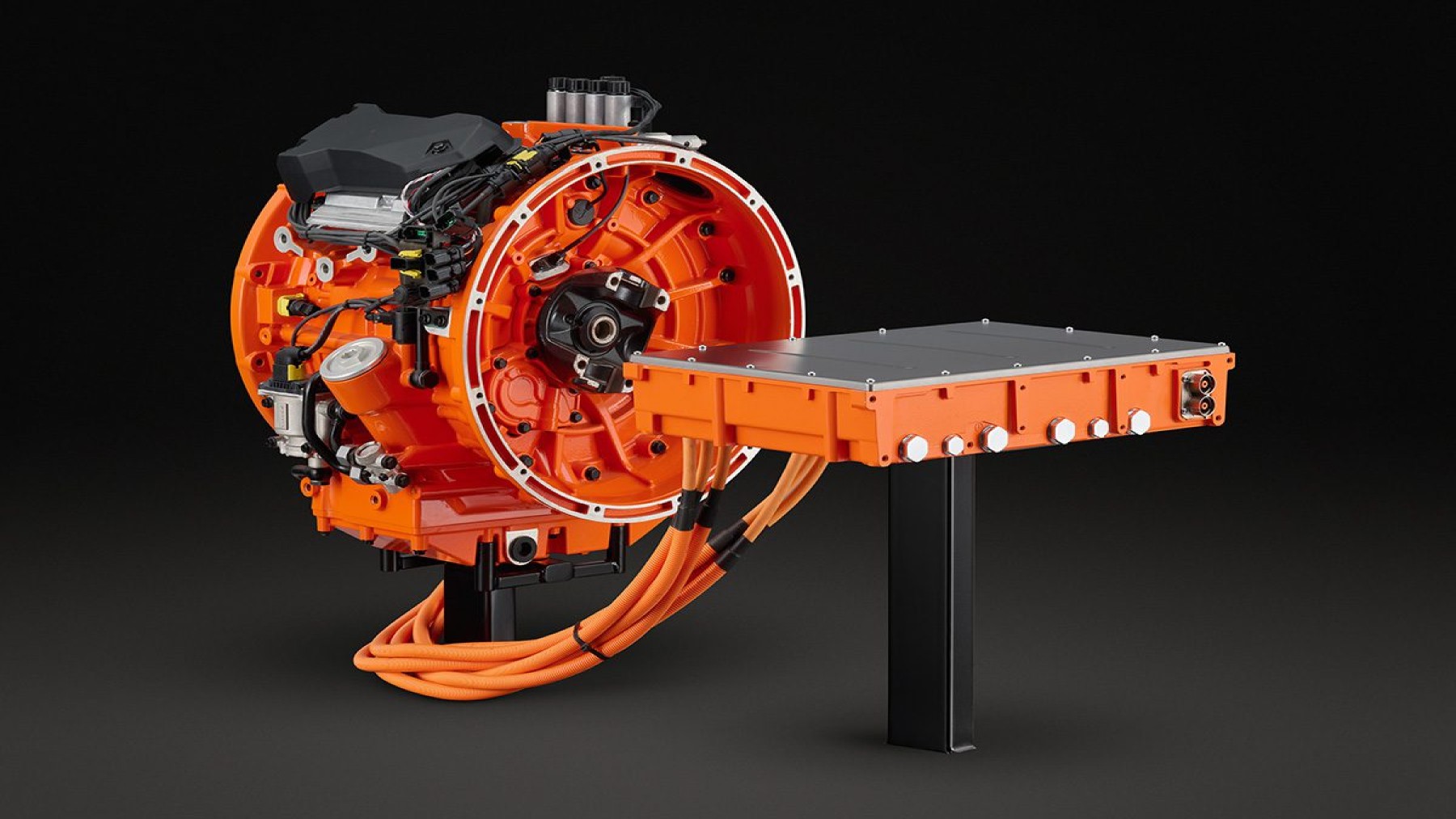The transport industry is changing fast, and so are the fuels that power vehicles. In Sweden, engineers have introduced something new: a 16-liter, V8 engine. The focus is not just on the size or strength of the engine, but on the fuel itself. The search for a renewable source of fuel, such as electric batteries and hydrogen, is driving brands to seek alternative sources of energy. And Sweden’s latest move shows a real option for the future of transport that lies on the work of two energy sources.
Sweden based automakers impact: something new is often being created
While some smaller European countries do not have car manufacturers and rely on importation, cutting the costs of bringing a car to the country is crucial. However, Sweden is not one of those countries: it is famous for creating supercars that defy conventional thinking about extracting the most out of an engine. Currently, Koenisegg is the one leading the industry, but there are others pushing for innovation just as much.
Volvo, Polestar, Jösse Car, Lynk & Co, and Scania are among the Sweden based automakers that contribute to the country’s car-building culture. Now, as every manufacturer is looking for the next big thing that will launch a trend or differentiate themselves from the competition, Scania, which has mainly built trucks and boats, moved forward into a “green” fuel that can maintain high-performance.
New Scania boat: the Swedish masterpiece to run with hybrid engine
The M17 is a deep-vee, all-aluminium performance boat built mainly for patrol missions, though a leisure version also exists. It runs on a pair of Scania hybrid diesel-electric engines connected to MJP waterjets. Together, they can push the vessel past 50 knots, but it can also move quietly at 8–10 knots in electric-only mode. At those speeds, the crew gets a calmer ride with almost no noise, and the boat has better handling at slow speeds since there is no idle limit.
When more power is needed, the 16-liter V8 diesel step in automatically, adding up to 1,150hp each on top of the 308hp electric motors. The result is a strong mix of speed and range, with the boat able to cover more than 500 nautical miles on a cruise.
Test drive verdict: it took a long time for the combustion to kick in
During testing, Motor Boat reported that the diesels came to life at just 1,250rpm. A main goal of the system was simplicity—the switch between electric and diesel happens without any manual input – like in this new Renault car that sent waves through the industry.
The hybrid system has another advantage. One diesel engine can power both jets while also sending electricity across to the other shaft. Alternating between the two engines reduces total running hours, which not only extends their lifespan but also lowers service costs over time.
Another project in the works: Sweden and Germany working together
With Sweden and Germany working together, something good is coming out of it. Scania and DHL are testing a new kind of truck that mixes electric power with a small fuel engine to extend its range. This Extended Range Electric Vehicle, or EREV, is designed to help trucks go farther without depending entirely on charging stations. Starting in February 2025, DHL will use it to move parcels between Berlin and Hamburg.
The truck can run mostly on renewable electricity—about 80 to 90% of the time—but the fuel-powered generator kicks in when extra range is needed. That way, DHL gets both flexibility and a smaller carbon footprint, even before a full charging network is in place. The brand has other projects, like a biogas engine, that could be the future of the industry.
Disclaimer: Our coverage of events affecting companies is purely informative and descriptive. Under no circumstances does it seek to promote an opinion or create a trend, nor can it be taken as investment advice or a recommendation of any kind.
